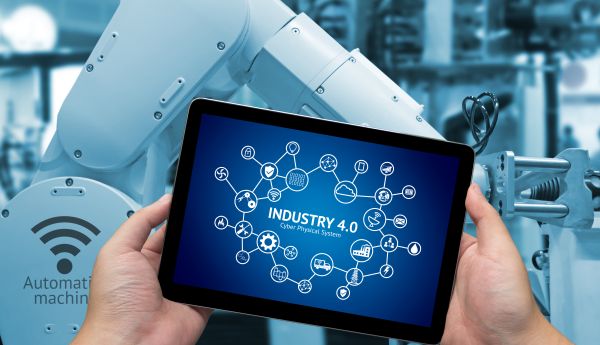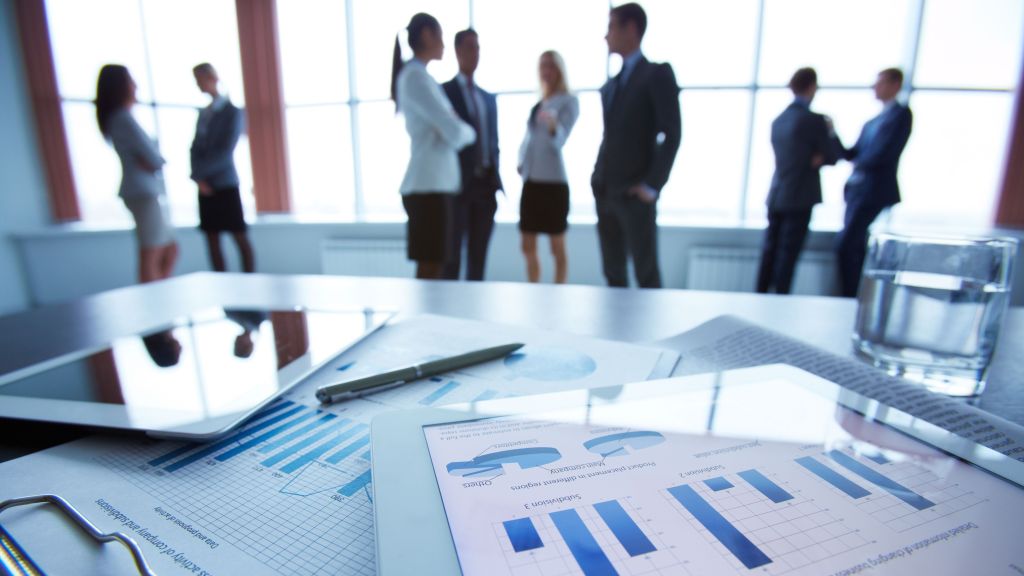Q: What is Microsoft’s role in ‘understanding the equation' about the economic trends for 2016 and beyond?
Violeta Luca: One of Microsoft’s stated missions is the building of the intelligent cloud platform. And one part of the current economic equation is that the biggest change for companies – the technology change – will be the shift to cloud services. Three things stand out in this disruptive shift: a massive increase in available data, novel insights from machine learning and data analytics, and the economics and flexibility of cloud computing.
It is an entirely new paradigm of approaching your technology needs as a company and it completely reshapes the classical IT workflow. With Azure, the Microsoft cloud platform, everything your company needs is now close, easily available and ready to deploy – more flexible and more powerful than anything that has come before it. And new avenues and processes are now available – your business can be transformed by innovation such as the Internet of Things or predictive data analysis.
Q: According to Microsoft, the Internet of Things starts with ‘our things’ – the things that matter most to our business. Are there any new ways in which our ‘things’ and our data come together? Please detail.
Violeta Luca: Everything is data. Our ‘Things’, as you call them, are building blocks of a company – think of a communication antenna or a company car or a machine on a production line, or even a product – a bicycle, a sport shoe – they have always generated data. It’s just that up until now this data went unused or, if it was used, it was done on an incredibly low bandwidth level. Think of an elevator, for example. Traditionally, you had a maintenance team, who went there every two or three months according to a set schedule, noted the state of the equipment and reported back to HQ, where it was catalogued and structured. That elevator was, in a very primitive and slow way, generating data. Now, with IoT and sensors built in, the elevator has a direct, continuous, real-time connection to the HQ. The level of detail increases exponentially and you can do things that were unimaginable before – you can do Business Intelligence analysis on the usage patterns and optimize schedules and products, you can do predictive analysis to better organize maintenance breaks and, most importantly, you can use machine learning to find new insight in the data – find tell-tale signs of impending failure, for example, that were previously unknown, or make design decisions based of real-world-use. What IoT and Data does is that it allows one to be connected to a business in a way never seen previously. Much less guesswork, much more real insight.
Q: How does Microsoft help connect the dots between where the businesses are today and where they could be in the future?
Violeta Luca: Microsoft’s mission is to enable people and companies around the world to do more. So Microsoft’s vision for the future of a company – any company – is not necessarily defined around the technology that we will use at that point, but rather one where opportunity and innovation are fulfilled to their rightful potential. And Microsoft technology is built as an enabler of that goal – whether we’re talking about better teamwork and productivity with Office365, opening up digital possibilities for everyone with Azure and the amazing cloud services that stem from it or improving the way we interact with technology through Cortana and intelligent bots.
Q: How does Microsoft connect the most vital parts of a business (people, assets, processes and systems)?
Violeta Luca: The digital revolution – as we often call this period of fast technology development – is all about allowing for faster, easier and more relevant interactions inside and outside a company. And it applies to all the vital elements you describe above. Through Microsoft technology, people can be more connected to the company – think mobile technology and cloud services, where your business’ information and resources are always at your fingertips. Or IoT and Big Data, where assets and systems inform and shape business processes in almost real-time. Or maybe Business Intelligence visualizations, that allow you to see the working and results of an entire department or even company on a single screen. The whole Microsoft business ecosystem is aimed at easier and faster business interaction.
Q: In the past 2 years, the IT sector has contributed more to the GDP in Romania than agriculture. How fast do you see the IT dynamics for 2016 and for the next decade (in terms of annual growth)? Please detail, emphasizing risks, challenges and facts.
Violeta Luca: There is almost no doubt that the IT sector will enjoy continuous growth for the next foreseeable future – the landscape is definitely set for that. There are limits to this growth though. There has been talk about a looming human resources shortage – and I think that is a fair point: unless we start increasing our STEM programs outside a group of elite universities, the IT sector will soon face limits to its growth. Another challenge is the nature of the market – the product diversity is slowly left behind by sheer market growth. Fostering innovation and entrepreneurship is key to a varied and successful IT sector, and it’s something Microsoft aims at with its many youth and education programs – YouthSpark, Imagine cup, etc.
Q: From an IT innovative leader’s point of view, taking into consideration ‘the new business equation’, what are the most important variables in terms of the contribution of IT and of the Internet of Things to the general economic activity?
Violeta Luca: There’s a saying we at Microsoft use quite often, and that I like a lot – ‘Data is the New Electricity’. Now, that phrase is being used mostly in relation to SQL Server, Microsoft’s Data Platform, but its meaning can be a lot wider than that. We are in the middle of change – and the use of data (and the digital transformation) will make the difference between the companies that will grow, and the companies that will fall behind. The winners of this digital revolution will be those companies that will embrace a digital vision for their future – and Microsoft and the Romanian IT industry (that includes many Microsoft partners) contribute not just to GDP, but to the overall technology landscape of the economy. Because an economy that embraces technology, that encourages digital innovation – both as a producer and as a client – is a healthy, growing economy.






























